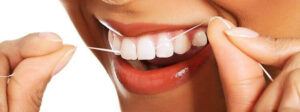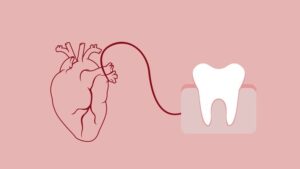Now a days it is a general feature to see school kids sporting braces, as some orthodontic treatments may start at a young age. Over the time with new technologies and treatment strategies are making braces perform more proficiently while offering the patient increased options how they look during treatment.

When Should Your Kid be Examined?
As per the Australian association of orthodontists the ideal first orthodontic screening age is 7 for the kids, when their permanent upper teeth are taking root. It is just for evaluation and understanding the way kid’s teeth are forming and affecting their smile or growth not necessary for treatment.
When Your Child Need Braces?
If there is some unusual development in your child’s mouth, like severe overcrowding or overbitting, it’s time to visit your Family Orthodontics and listen to the advice. Your orthodontists may take photographs and explain you the actual condition and any precautions.
What Braces Do?
Braces are bonded to the teeth to create mild pressure on the teeth to gradually shift them to a right position that can improve the appearance and function of the teeth.
Why Kids Wear Braces So Early?
This trend of ‘orthodontics for kids’ started some 15-20 years earlier when it was assumed that early bracing would help in some particular cases. For instance, problem of thumb sucking can be a major functional problem affecting the development of permanent teeth or often the bone structure. Albeit, some treatments start early, but the estimated age of treatment is widely considered to be 12.
What is a Two-Step Treatment Plan?
In the initial stage of treatment, when treatment for kids becomes necessary at an early age in some cases, braces are bonded with the teeth to correct the shape and position of the lower and upper teeth to align the teeth to have room to fit properly in the mouth. After some time the braces are removed and there is a gap of several months to many years also to start the second phase. It is the second phase of braces that is done to completely align and place the teeth in proper place.
Changing Face of Braces
Today, replacing the metal bands that cover each tooth, orthodontists are coupled with several optional tools and devices to select from. The widely used and most cost effective are metal brackets attached to the teeth. Wires going through each bracket are kept in place by small round rubber bands that put mild pressure to shift the teeth. These bands can be personalized with colored rubber bands or metal brackets manifesting the shape of football, heart and flowers to give an aesthetic look to the kids.
In addition, there are many expensive options too that can be chosen given the requirement of the patient. Tooth-colored ceramic brackets, self-ligating braces are the latest other options. Lingual braces are fixed behind the teeth and clear aligners i.e. Invisalign is in the shape of trays that are worn over the teeth.
Risks of Remaining Untreated
If the teeth of your kids are actually crooked, it would be tough to clean and maintain the hygiene, ultimately influencing the durability and strength of the teeth. This may lead to discomfort in chewing food or it may put the child at risk for some kind of jaw issues.
How Long Treatment Continues?
It may last for almost two years. If you’re not complying with the guidelines it may take longer to yield desired results. If your kid is facing any orthodontic problem waiting may close the avenues of opportunity of getting it treated at an early age and it may cause more complications at an advanced stage.
Checkups Matter
In any case if your child has been advised to wear a retainer, braces or any other orthodontic appliance, he or she must visit the orthodontist every eight weeks to adjust the device. It is necessary to visit frequently as suggested by the orthodontist or else the entire effort will do in vain.
Hygiene Issues Associated with kids Braces
Make sure your child cleans the brace and teeth regularly and property to ward off any cavities as it me begin to form over the braces which may start building white, brown or yellow marks on the teeth surface once the braces are off.
Are Braces Painful for Kids?
Notwithstanding, braces are mostly nor painful, as they keep shifting the teeth position of your kid’s teeth, they may feel slight pain and sore mouth during their initial days. They may feel a mild headache but it all will subside after 4-5 days.
Being experts in Children Dentistry, Dr. Arthur Batzios and Dr. Adel Zayed have years of experience practicing various treatments including orthodontics, Endodontics and preventive dentistry for kids. Orthodontics is one of the most common problems in kids and for avoiding major issues later, it is recommended to have a check up of your kids at an earlier age for maximum impact of orthodontic treatment.



